|

The British built Fort Stanwix here in 1758 to replace three smaller
forts which protected the portage during the early years of the French and Indian War. Named for its builder, Brig.
Gen. John Stanwix, the fort never saw action and was abandoned after the British conquest of Canada in 1763. It continued
to serve, however, as a center for Indian affairs, and it was here in 1768 that the Iroquois signed the Boundary Line Treaty
that cleared the way for major westward expansion.
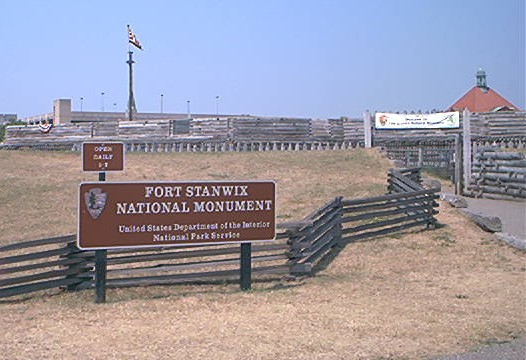
Built in 1758 to guard a strategic portage along a major transportation
route, Fort Stanwix stands today as an inspiration to the people of the world. Fort Stanwix guarded the centuries old Oneida
Carrying Place. This strategic Iroquois Confederacy portage in upstate New York bridged the waterways between the Atlantic
Ocean and the Great Lakes.
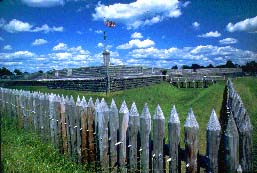
The events that occurred at the site included the development of European
and later American-Indian affairs, the melding of diverse cultures, and the protection of the Mohawk Valley during two world
wars: the French and Indian, and the American Revolutionary Wars.
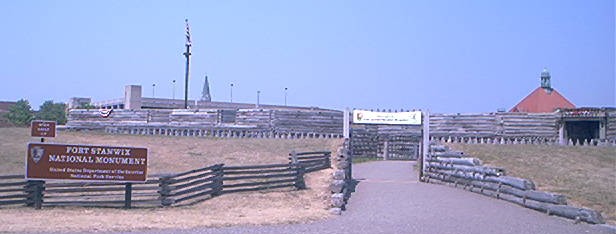
During the American Revolution, British military forces were repulsed
while attempting to besiege the fort. American militia and Oneida allies tried to come to the aid of Fort Stanwix, but were
cut off in an ambush at Oriskany, considered one of the bloodiest engagements of the war. These events directly contributed
to the American victory at Saratoga.
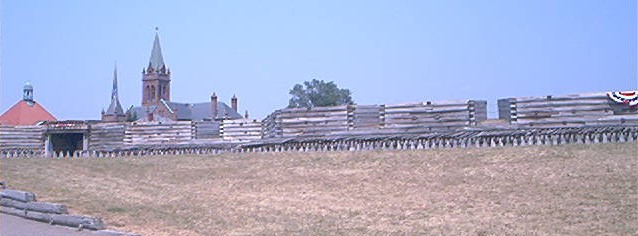
National Monument - August 21, 1935
National Historic Landmark
- 1966
Revolutionary War Heritage Trail - February 26, 2002
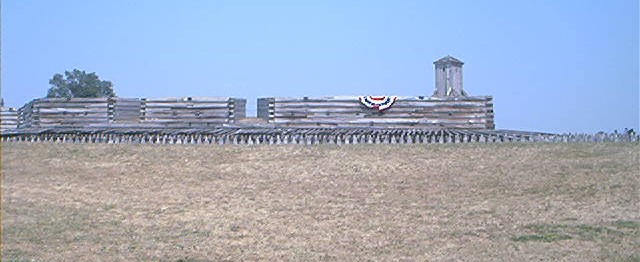
Fort Stanwix is also a site where Americans developed their own sense
of Indian Affairs. Several treaties were negotiated at the site, setting precedents for future Indian and American treaties
and relationships. Fort Stanwix National Monument maintains an extensive archaeological collection and a nearly complete reconstruction
of the fort.
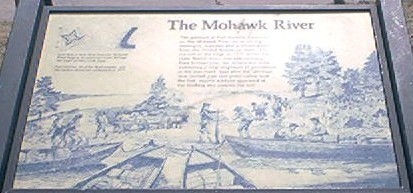
Throughout the eighteenth century the Mohawk
River was part of a navigation corridor across what was to become New York State, and no doubt for Native inhabitants for
thousands of years before. Departing Albany on the Upper Hudson, one traveled by land to Schenectady and there entered
the Mohawk, sailing up that river to Fort Stanwix (Rome).
|



